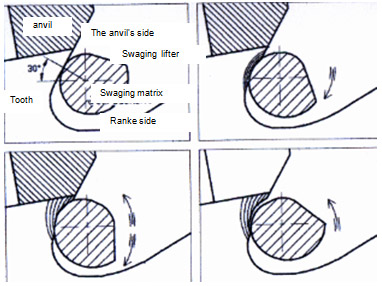swagman
Established Member
The most commonly used saw plate gauge today for backsaws is 0.020 and 0.025".
Compare that to the min/max recommendations Figure 748 contained within the book Standards And Specifications For Metals And Metal Products; March 1933. (use the + magnifier to enlarge the print).https://books.google.com.au/books?id=4N ... ws&f=false
How times have changed.
Stewie;
Compare that to the min/max recommendations Figure 748 contained within the book Standards And Specifications For Metals And Metal Products; March 1933. (use the + magnifier to enlarge the print).https://books.google.com.au/books?id=4N ... ws&f=false
How times have changed.
Stewie;





